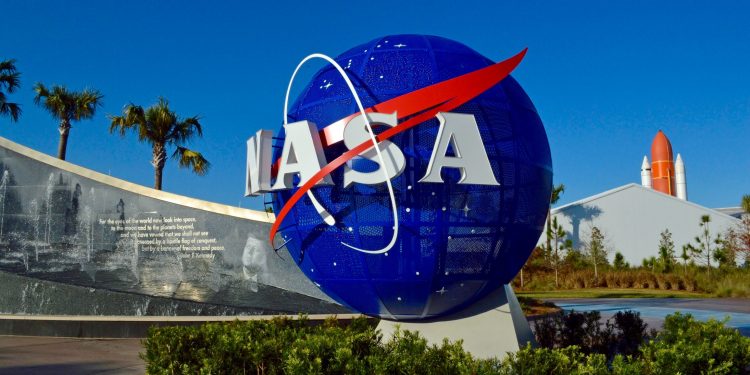Washington: Scientists from the US space agency NASA have reproduced deep ocean conditions in the lab to re-create life that could have formed on the sea floor four billion years ago.
The study, which focuses on how the building blocks of life form in hydrothermal vents on the ocean floor, could offer clues to how life started on Earth and where else in the cosmos we might find it.
Hydrothermal vents are places on the seafloor where warm water from under the Earth’s crust mixes with near-freezing seawater. These vents form natural chimneys, which play host to all kinds of ocean life.
The team at NASA’s Jet Propulsion Laboratory (JPL) in California made their own miniature sea floors by filling beakers with mixtures that mimic Earth’s primordial ocean.
These lab-based oceans act as nurseries for amino acids, organic compounds that are essential for life as we know it.
“Understanding how far you can go with just organics and minerals before you have an actual cell is really important for understanding what types of environments life could emerge from,” said lead investigator astrobiologist Laurie Barge, at JPL.
“If we have these hydrothermal vents here on Earth, possibly similar reactions could occur on other planets,” added co-author Erika Flores, from the JPL.
This line of research is important as scientists study worlds in our solar system and beyond that may host habitable environments.
Jupiter’s moon Europa and Saturn’s moon Enceladus, for example, could have hydrothermal vents in oceans beneath their icy crusts.
Understanding how life could start in an ocean without sunlight would assist scientists in designing future exploration missions, as well as experiments that could dig under the ice to search for evidence of amino acids or other biological molecules, according to the study published in the journal Proceedings of the National Academy of Sciences.
“We don’t have concrete evidence of life elsewhere yet,” said Barge. “But understanding the conditions that are required for life’s origin can help narrow down the places that we think life could exist.”
IANS






































